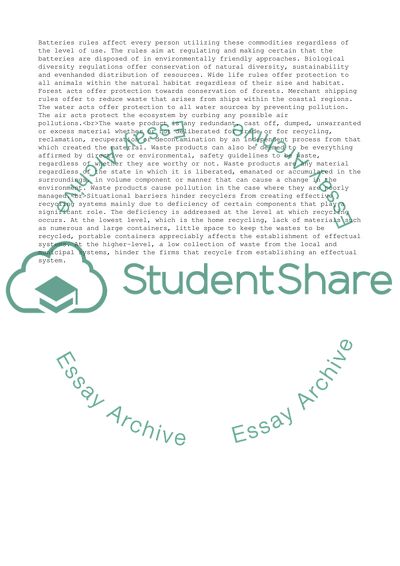Cite this document
(“The Main Components of the EPA's Prescribed Waste Regulations Assignment”, n.d.)
The Main Components of the EPA's Prescribed Waste Regulations Assignment. Retrieved from https://studentshare.org/business/1588655-sustainability-and-waste-management
The Main Components of the EPA's Prescribed Waste Regulations Assignment. Retrieved from https://studentshare.org/business/1588655-sustainability-and-waste-management
(The Main Components of the EPA'S Prescribed Waste Regulations Assignment)
The Main Components of the EPA'S Prescribed Waste Regulations Assignment. https://studentshare.org/business/1588655-sustainability-and-waste-management.
The Main Components of the EPA'S Prescribed Waste Regulations Assignment. https://studentshare.org/business/1588655-sustainability-and-waste-management.
“The Main Components of the EPA'S Prescribed Waste Regulations Assignment”, n.d. https://studentshare.org/business/1588655-sustainability-and-waste-management.


